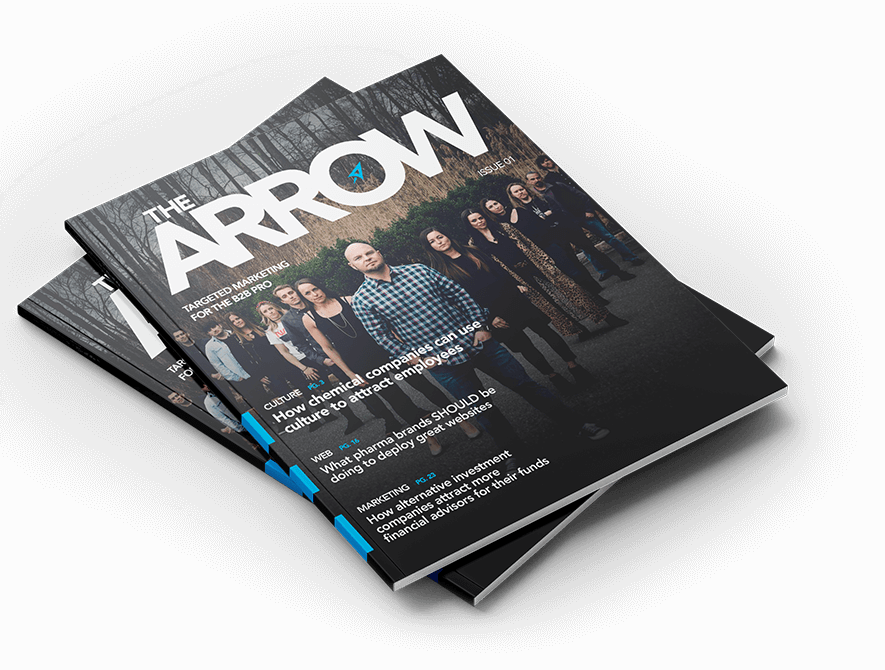5 Time Saving Blog Ideas
Chris Mulvaney is the CEO of CMDS. I make things... I’m the creative entrepreneur with passion for (re)making brands and inventing solutions to problems no one knows exist.
Even the most seasoned of writers has struggled at some point or another with coming up with blog content that is fresh and inspiring. You’re not alone.
But that blog is beckoning — and you’ve seen the statistics. Over 80% of consumers in the US trust the information and advice they read on a blog. Companies that blog enjoy a whopping 97% more inbound links than those who don’t.
Clearly, giving up on your blog is not an option. So what’s an over-tasked marketer to do when the pressure is on to come up with a steady stream of blog content that continually reels them in and blows them away?
5 time saving blog ideas to help you consistently produce the content your audience wants to see:
1. Answer FAQs.
Chances are, you receive questions about your business all the time. Why not use the blog as a forum for answering them? The Q&A lends itself beautifully to an easy-to-consume format, and it not only allows you to deliver information that your audience is already interested in but gives you a simple way to pack your blog post full of searchable keywords.
2. No FAQs? Make them up!
Ask yourself and your colleagues what kinds of things a customer or potential customer might want to know (but were afraid to ask) about your business. Or maybe there’s some compelling information that you’ve been trying to get out there. Frame it as a question — you already have the perfect answer — and off you go.
3. What’s new?
Is there a topic that’s trending on social media, the news or pop culture in general? Can you come up with a reasonable way that it relates to your business and your audience (without stretching it too far?) You have to be selective — it’s okay to let some topics, particularly ones that are controversial or political — pass you by, but you just might be able to ride a viral wave into engaging blog content if you choose well and time it right.
4. What’s the guy next to you doing?
It’s perfectly acceptable — if not expected at this point — that in our current world of hyper-connectivity, we spend a good portion of our time checking out what our competition is doing. And then figuring out a way to do it better. Blog content is no exception. If a brand in the same space as yours had a hit with a post, maybe it can spark an idea for something that will resonate with your audience as well. It should go without saying that straight-up plagiarism is a no-go, but you’ve got the green light to take some inspiration from another blog post and make it your own.
5. If all else fails, phone a friend.
Inviting an influencer in your industry to guest blog on your site not only gets you off the hook but it gives your audience new content or experience and a fresh perspective. Assuming you’ve chosen well, it also allows your blog (and therefore your brand) to be introduced to a whole new audience, and drives increased traffic to your site.
Finally, now that you’ve got some time saving blog ideas for inspiration, a tip that you’ve likely heard before, and maybe have ignored until now. The Content Calendar. If you haven’t jumped on the bandwagon, it’s time. There’s no better way to organize your blog than an editorial calendar that you can use to plug in and capture creative ideas whenever they strike you. Use it religiously, and you’ll have a schedule to help you stay on top of when it’s time for a new blog post, and a backlog of topics to help you create it.




